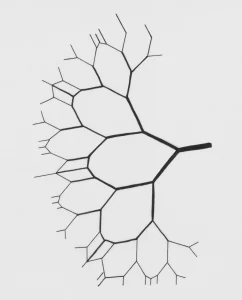Abstract
Major depressive disorder (MDD) is one of the most disabling psychiatric disorders. Approximately one-third of the patients with MDD are treatment resistant to the current antidepressants. There is also a significant therapeutic time lag of weeks to months. Furthermore, depression in patients with bipolar disorder (BD) is typically poorly responsive to antidepressants. Therefore, there exists an unmet medical need for rapidly acting antidepressants with beneficial effects in treatment-resistant patients with MDD or BD. Accumulating evidence suggests that the N-methyl-D-aspartate receptor (NMDAR) antagonist ketamine produces rapid and sustained antidepressant effects in treatment-resistant patients with MDD or BD. Ketamine is a racemic mixture comprising equal parts of (R)-ketamine (or arketamine) and (S)-ketamine (or esketamine). Because (S)-ketamine has higher affinity for NMDAR than (R)-ketamine, esketamine was developed as an antidepressant. On 5 March 2019, esketamine nasal spray was approved by the US Food and Drug Administration. However, preclinical data suggest that (R)-ketamine exerts greater potency and longer-lasting antidepressant effects than (S)-ketamine in animal models of depression and that (R)-ketamine has less detrimental side-effects than (R,S)-ketamine or (S)-ketamine. In this article, the author reviews the historical overview of the antidepressant actions of enantiomers of ketamine and its major metabolites norketamine and hydroxynorketamine. Furthermore, the author discusses the other potential rapid-acting antidepressant candidates (i.e., NMDAR antagonists and modulators, low-voltage-sensitive T-type calcium channel inhibitor, potassium channel Kir4.1 inhibitor, negative modulators of γ-aminobutyric acid, and type A [GABAA ] receptors) to compare them with ketamine. Moreover, the molecular and cellular mechanisms of ketamine’s antidepressant effects are discussed
Hashimoto, K. (2019). Rapid‐acting Antidepressant Ketamine, Its Metabolites and Other Candidates: A Historical Overview and Future Perspective. Psychiatry and Clinical Neurosciences., https://doi.org/10.1111/pcn.12902
Link to full text
Hashimoto, K. (2019). Rapid‐acting Antidepressant Ketamine, Its Metabolites and Other Candidates: A Historical Overview and Future Perspective. Psychiatry and Clinical Neurosciences., https://doi.org/10.1111/pcn.12902
Link to full text













